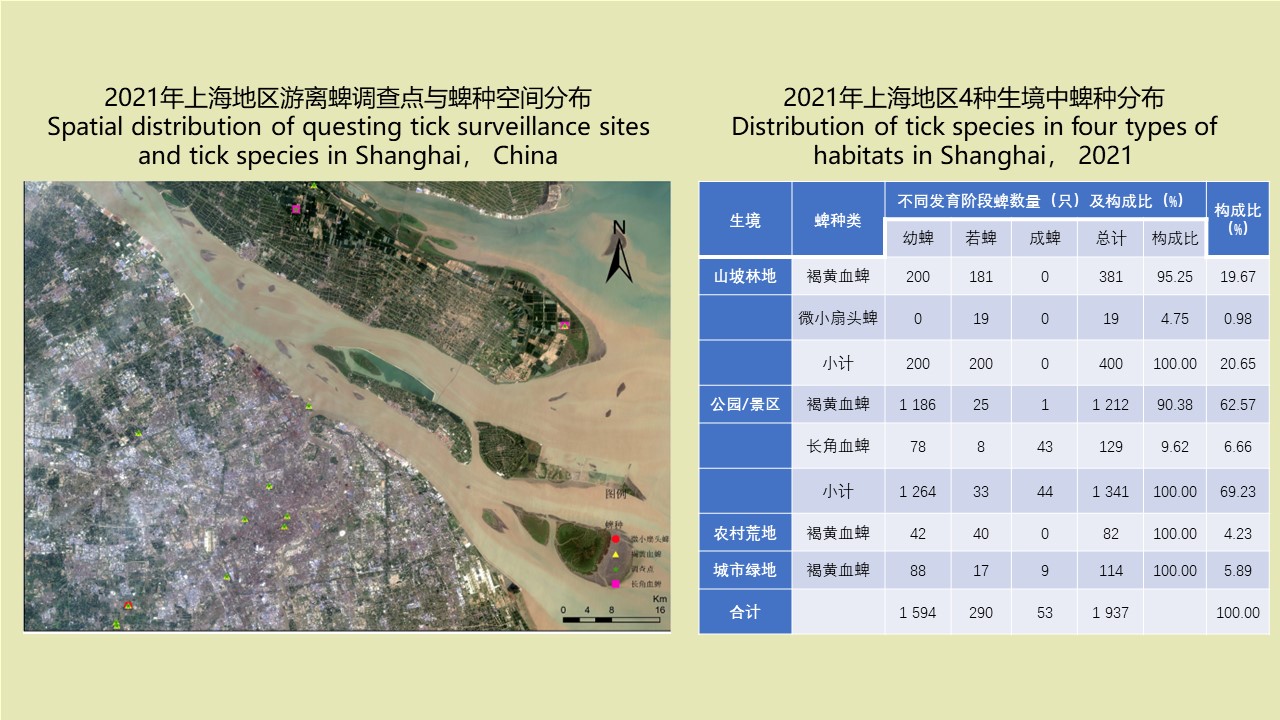 PDF(18344 KB)
PDF(18344 KB)


上海地区不同生境游离蜱分布调查
曾文博, 李中秋, 魏子昕, 程东慧, 杨丽敏, 方圆, 张仪
中国媒介生物学及控制杂志 ›› 2022, Vol. 33 ›› Issue (6) : 879-887.
 PDF(18344 KB)
PDF(18344 KB)
 PDF(18344 KB)
PDF(18344 KB)
上海地区不同生境游离蜱分布调查
 ({{custom_author.role_cn}}), {{javascript:window.custom_author_cn_index++;}}
({{custom_author.role_cn}}), {{javascript:window.custom_author_cn_index++;}}An investigation of questing ticks collected from different habitats in Shanghai, China
 ({{custom_author.role_en}}), {{javascript:window.custom_author_en_index++;}}
({{custom_author.role_en}}), {{javascript:window.custom_author_en_index++;}}
| {{custom_ref.label}} |
{{custom_citation.content}}
{{custom_citation.annotation}}
|
/
| 〈 |
|
〉 |